FRENCH
The strong house of Reignac

FRENCH
The strong house of Reignac
At Tursac, in the Dordogne region, there is a castle which, if you look towards the cliff rolling, will amaze you with its singular appearance. This half house, half troglodyte cave dwelling is ‘La Maison Forte de Reignac’ (The strong house of Reignac). Some say it is haunted ... It hides, for sure, dark stories and a turbulent past.
The majority of its roof is the overhanging cliff above it. Its modest appearance on the outside belies the scale of the building on the inside. It is now the only cliff-castle of its type in France that is totally intact. The front of the house was built in the 14th century and its windows added in the 16th century, though the rock shelter has been occupied since prehistoric times. The initial entrance leads into a large underground rock chamber which is now used to display some of the prehistoric objects discovered on the site. The combination of the rock roof, rear walls and various defensive features mean that it is one of the strongest castles of the Dordogne region.
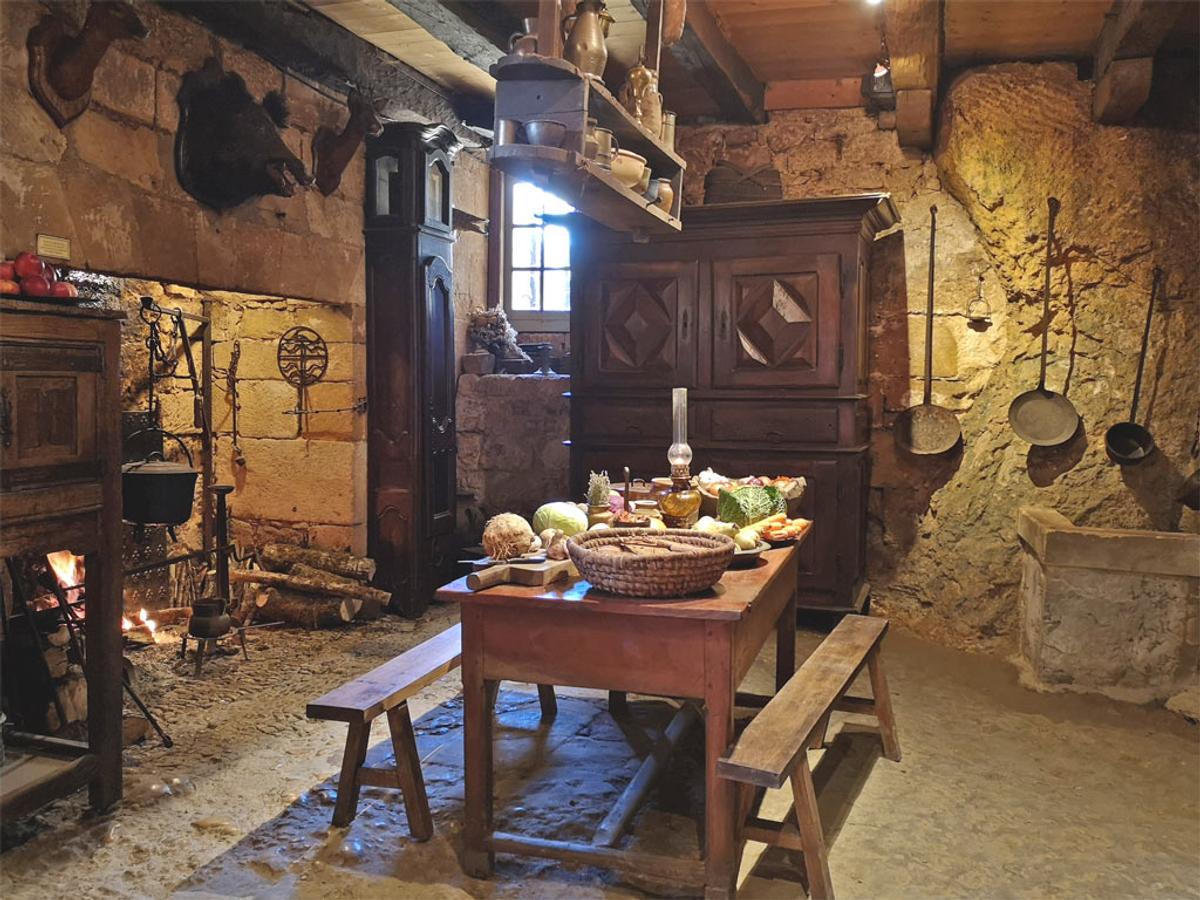
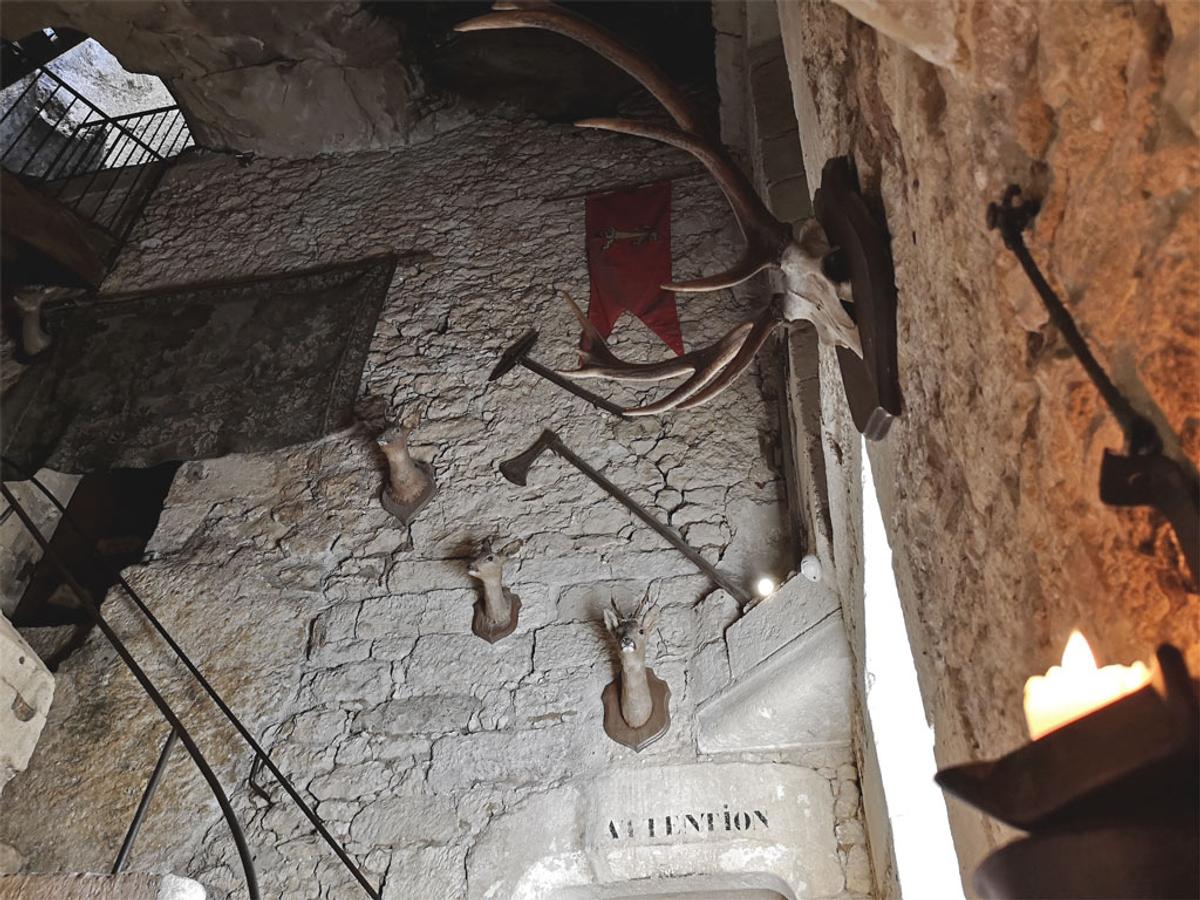
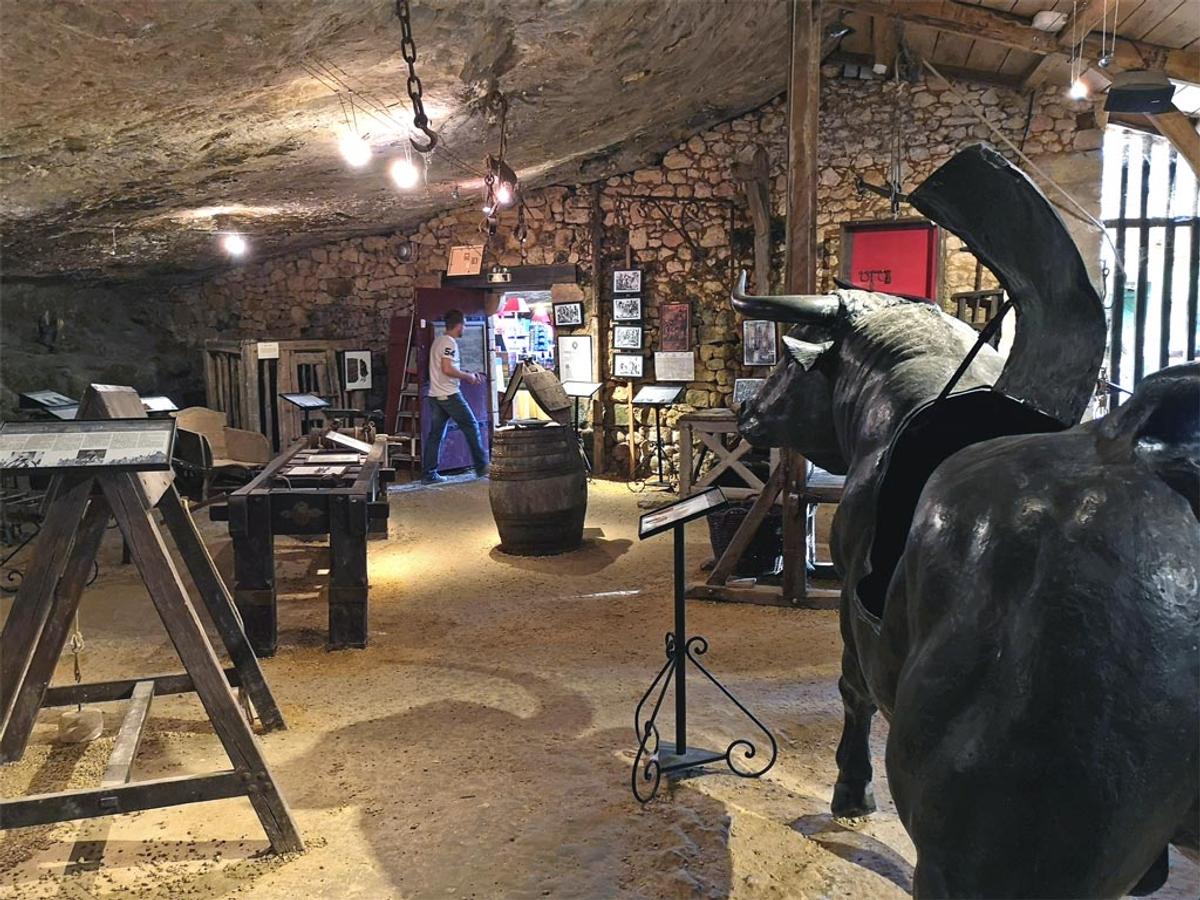





Bonjour à tous!
J'espère que vous allez très bien (I hope you are all doing very well).


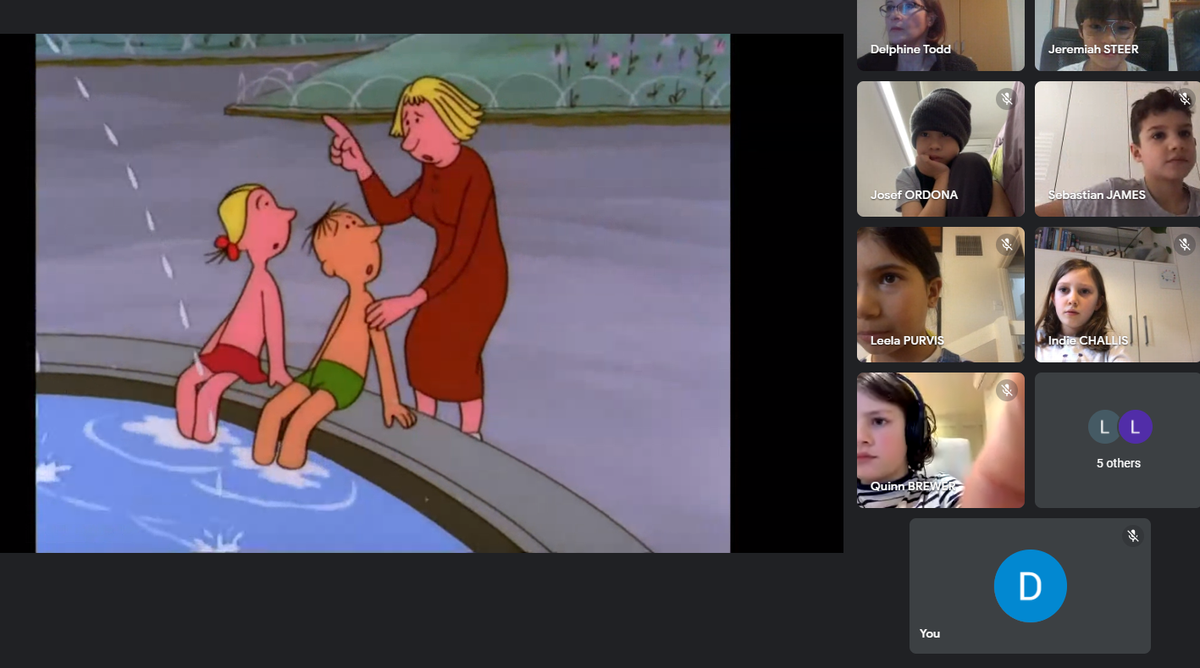

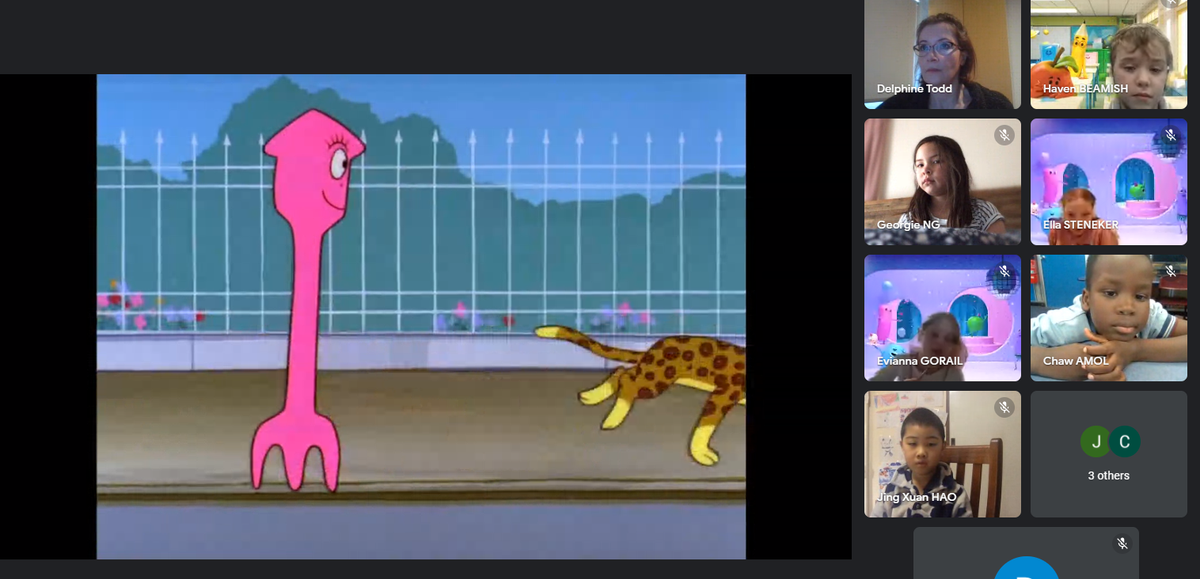

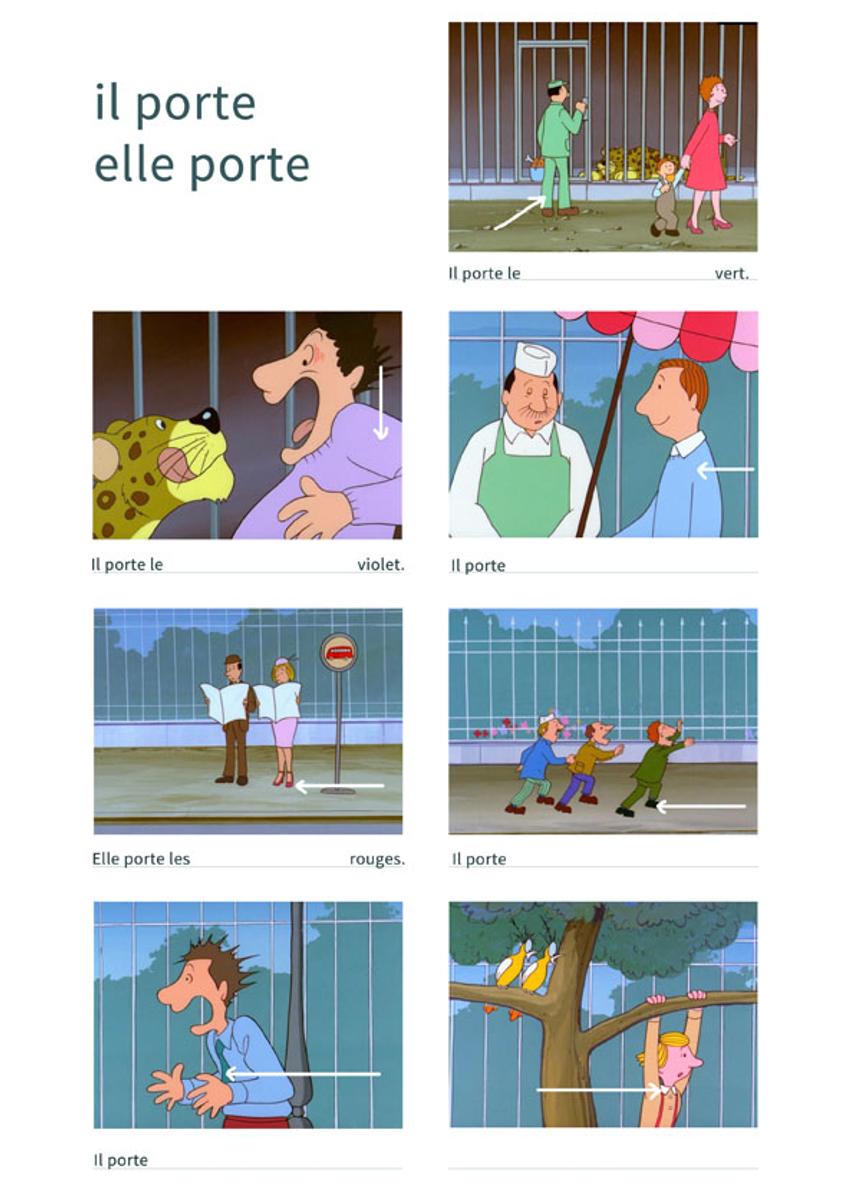

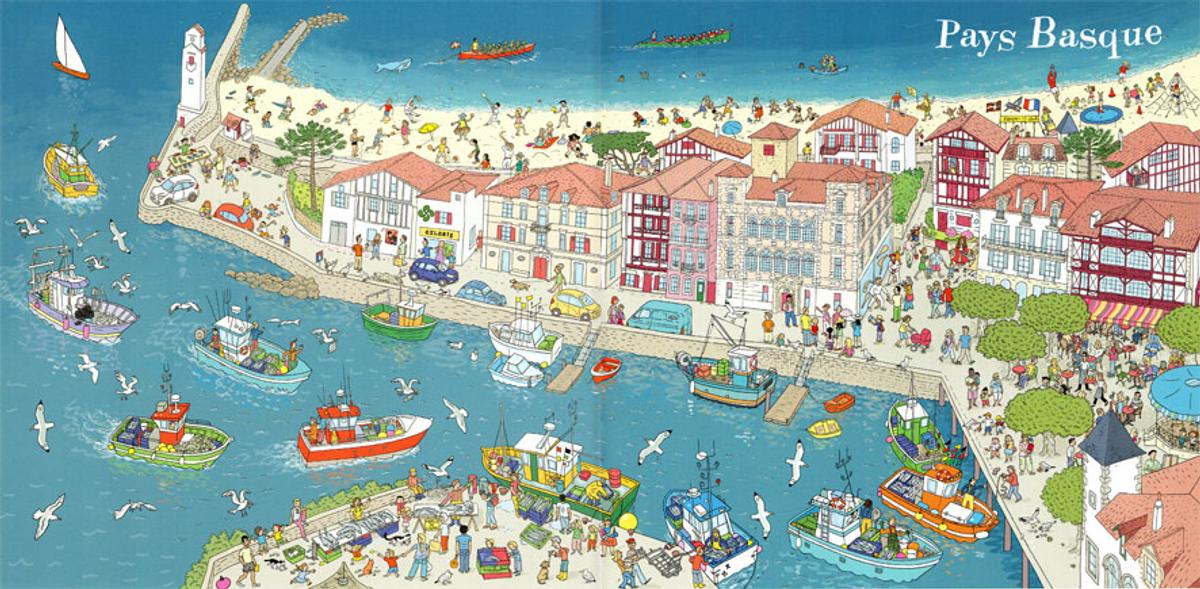

This week, I am introducing you to a young French singer called Hoshi. After singing in the streets of Paris for many years, she was spotted by a music agent and released her first album in 2018. She is becoming increasingly popular and was nominated for a music award last year. Today's song is called 'Et même après je t'aimerai' (I will still love you afterwards).
Passez un bon weekend (Have a nice weekend) !
Au revoir et à bientôt,
Delphine